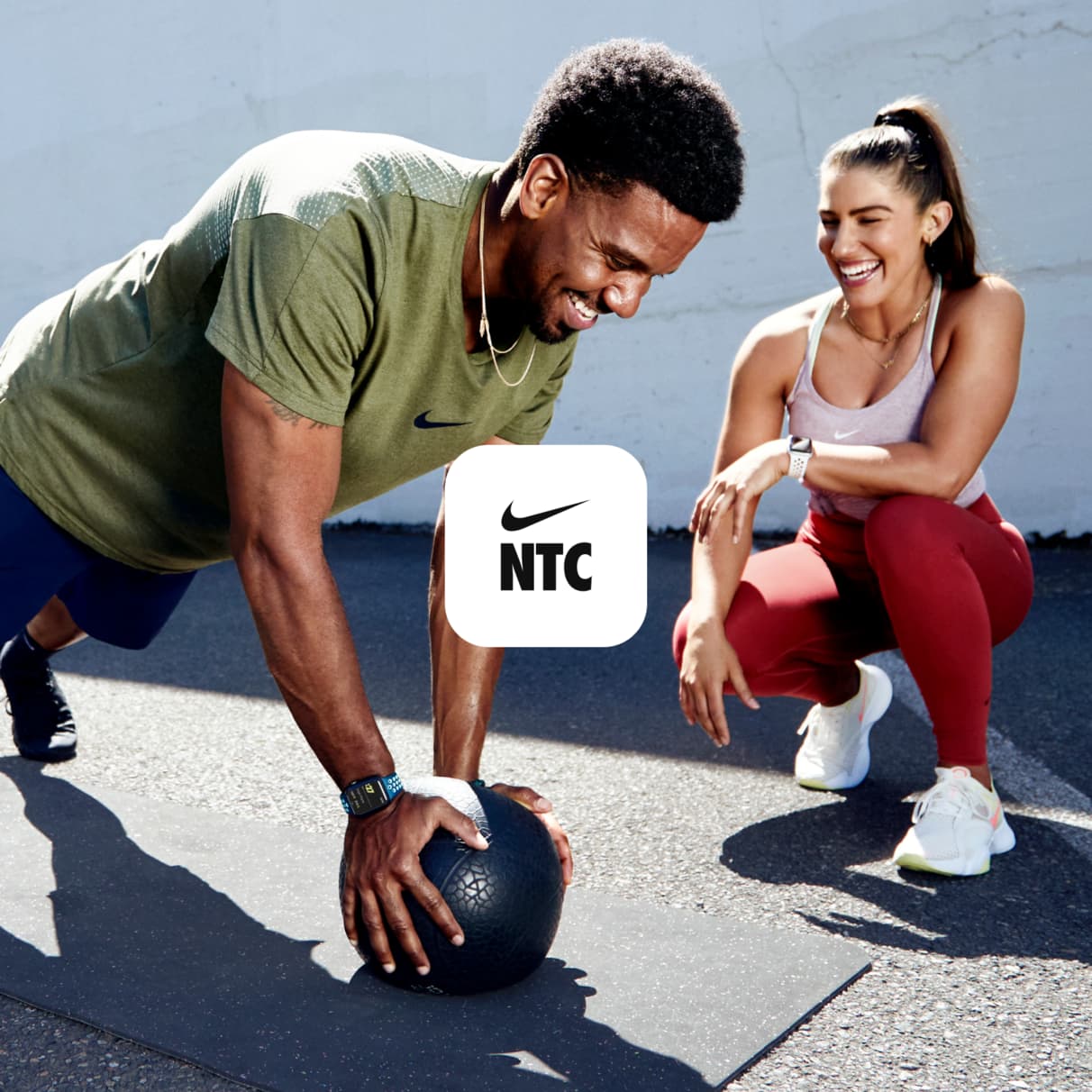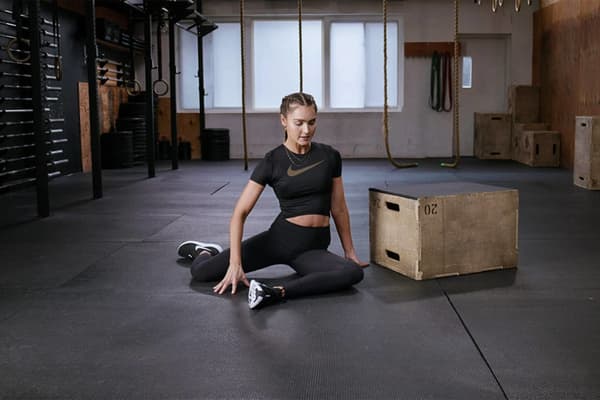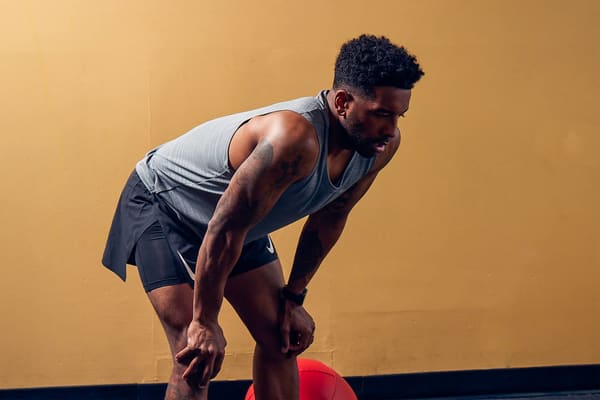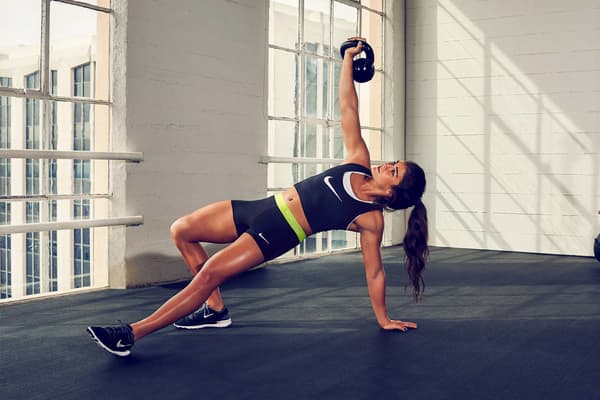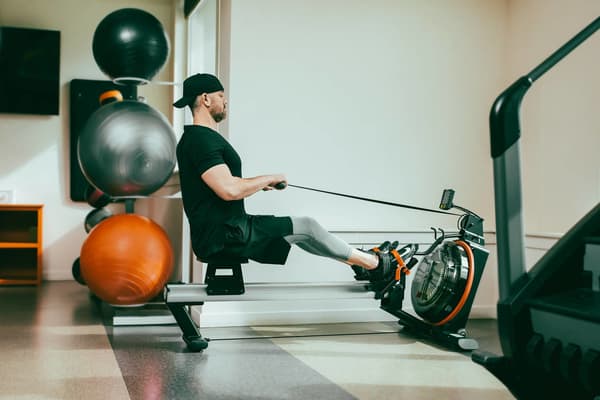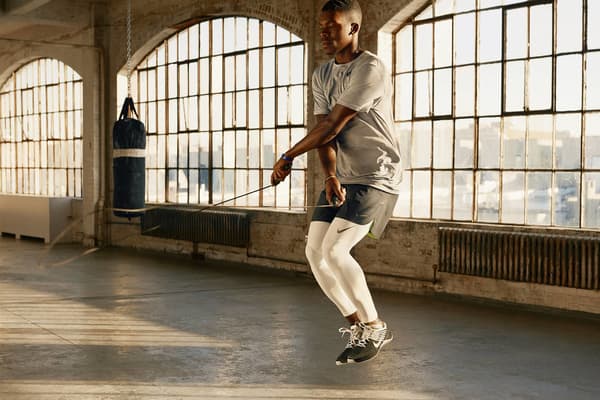What Is Rotator Cuff Tendinitis—And How Can You Fix It? Experts Explain
Sport & Activity
Shoulder pain is one of the top reasons to see a doctor. Here's what you need to know about the common inflammatory condition.

Regardless of whether you're a weekend warrior, university athlete or someone embarking on a fitness journey, overuse injuries can be a risk and that can often become a reality. Depending on the sport or activity, inflammation of tendons—otherwise known as tendinitis—can be encountered in different joints and areas of the body. According to research, spine and knee pain top the complaint list of US adults. The third? Shoulder discomfort. In fact, approximately 67 percent of US adults will encounter shoulder pain in their lives.
Of this reported shoulder pain, rotator cuff injuries, especially rotator cuff tendinitis and tendinopathy, tend to be the most frequent, according to the same research. This can make it uncomfortable or painful to lift your arm. But, how does this rotator cuff injury develop? And what, exactly, is the rotator cuff to begin with? Find out this and more below.
What is the rotator cuff?
Your rotator cuff is a group of muscles and tendons that cover the head of the long bone in your arm called the humerus, according to the American Academy of Orthopedic Surgeons. It's the rotator cuff that allows you to lift and move your arm.
What is rotator cuff tendinitis?
When you lift your arms over your head, does it hurt?
"Rotator cuff tendinitis is an acute inflammatory condition of one of the rotator cuff tendons", said Mary Kate Casey, PT, DTP and owner of PREP Performance Center in Chicago.
How do you get rotator cuff tendinitis? Well, it can happen from repetitive overhead movements, such as weightlifting or throwing a baseball, but also when doing push-ups or pull-ups. These repetitive motions can cause irritation that eventually causes the muscles of the rotator cuff to fray as it rubs on the bone, according to the Cleveland Clinic. If not addressed, this can result in a tear.
Repetitive motions in the shoulder can also change how your shoulder moves, causing problems. "Over time, the mechanics of the shoulder adjust to become a bit more dysfunctional, causing wearing at the tendon that you may feel as snapping or clicking at the shoulder", Casey said. In addition, you can develop tendinitis from falling onto an outstretched arm or if you get hit in the shoulder. The AAOS also notes that tendinitis can happen with "no apparent cause".
In addition, some people are more susceptible to rotator cuff tendinitis (as well as tears) probably because of a lack of blood supply to the area, said Alejandro Badia, MD, founder of the Badia Hand to Shoulder Center in Doral, Florida, and the founder and chief medical officer of OrthoNOW. The reason why someone may have low blood supply isn't well understood, he said, but "many people come in with this type of shoulder pain and don't exercise at all. You don't have to be in the gym all the time [to get rotator cuff tendinitis]", he said. Adequate blood supply brings oxygen and nutrients that keeps these tissues healthy and pliable.
"A tendon that has little blood supply looks like a piece of leather", Badia said.
What are common symptoms of rotator cuff tendinitis?
Discomfort may appear on the top part of your shoulder or even at the backside of your shoulder, said Casey, and may creep up at rest or when reaching arms overhead or during the offending activity.
One main time you might feel as if something is "off" is while lifting your arms. "Once you get past parallel with the floor—about 90 degrees—the bursa and rotator cuff start 'catching' a bit", Badia said.
In addition, the AAOS points out that at the beginning, swelling and tenderness may be mild, but as tendinitis worsens, you may also be in pain at night, feel weaker, or have a tough time putting your arm behind your back.

How can you treat rotator cuff tendinitis?
First, you'll need a diagnosis. Badia recommended going to an orthopaedic clinic. Alternatively, check with a doctor or other licenced medical professional. To diagnose rotator cuff tendinitis, Badia said he typically orders an X-ray and MRI. The X-ray will be used to rule out other causes of the pain, such as arthritis. An MRI can be used to diagnose rotator cuff tendinitis and show if it has progressed to a partial or full tear.
Within the first few weeks of the discomfort appearing, a physiotherapist can assess your shoulder's range of motion, strength and muscle tightness, as well as evaluate the mechanics of the shoulder blade and your posture, Casey said. Once that is complete, the physiotherapist can work with you to treat any dysfunction in the shoulder that's leading to tendinitis.
The fortunate news is that "rotator cuff tendinitis can be resolved pretty quickly if it's still in the acute inflammatory state", Casey said.
Common treatments for rotator cuff tendinitis may include:
Hands-on techniques: This includes joint mobilisation, massage or postural correction to improve range-of-motion and mechanics, according to Casey.
Stretching: Stretching exercises can help address the tightness of the muscles around the shoulder. One good stretch to practise is lying on your back on a foam roller with arms in a goal post position. Here's how to try it:
- Lie on a foam roller so your head to your pelvis are fully supported, with the foam roller supporting your spine (running vertically).
- Bend your knees so that your feet are secure and gently pressing on the floor for balance.
- Extend your arms in a goal post position, keeping your elbows level with your torso.
- Maintain a neutral spine throughout. You should have a small gap between your lower back and the foam roller.
This stretch is also good to do before a workout. "Let gravity open up the front of your chest, which will activate muscles and prepare your body for strengthening exercises", Casey said. "Loosening the front of your body and opening up your back will help ensure that you can move through these exercises as efficiently as possible", she said. (More on this below.)
Strengthening exercises: Improving shoulder strength with weighted exercises—which address weak muscles in the area—improves mechanics and posture, and stabilises the joint and shoulder blade, said Casey. "Use an appropriate weight that you can maintain postural control throughout the movements, rather than heavy weights", she said. Learning the proper way to do these upper body strength exercises that target shoulders—particularly under the watchful guidance of a physiotherapist—will also help prevent another bout of tendinitis down the line.
Rotator cuff-specific exercises: Badia recommends doing dumbbell external rotations, which brings blood supply to the rotator cuff (but does not build muscle). Grab light dumbbells (aim for 1 to 3 kilograms). Here's how to do it:
- Lie on your right side with your right hand under your head as a support.
- Holding a light dumbbell in the left hand, keep your arm at a 90-degree angle with your upper arm pressed against your body.
- Raise the dumbbell to rotate it towards the ceiling.
- Then, bring it back into your belly, almost like a sling.
Perform 15 to 20 reps per side.
At-home changes: If you sit at a desk for long hours during work, you'll also want to practise good desk posture, which will help support rotator cuff health, said Casey. Office ergonomics, or the proper way to sit at a desk, can help. For instance, keep your body an arm's length away from your computer monitor and choose a chair so that your feet are flat on the floor or on a footrest. When you're using your phone, sit upright and hold the screen at the front of your face, rather than leaning forwards or hunching over it.
Words by Jessica Migala
